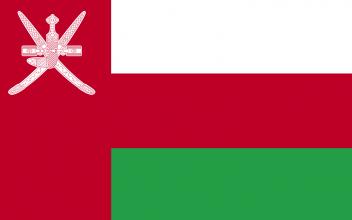Early Trans-Oceanic Trade In South and Southeast Asia
The spread and influence of Buddhism via the early trade routes throughout Southeast Asia was surprisingly pervasive, particularly in Thailand and Indonesia, where there were close interactions between Buddhist establishments and trading groups. Excavated objects of Indian origin that feature a range of classic Buddhist symbolism include pottery, ornaments, ivory objects, carnelian, and terracotta seals. From the 2nd century B.C. to the 4th century A.D., Buddhist monks change status – from homeless wanderers to setting up and residing in monasteries. Buddhist monasteries were established close to known trade routes, ports and urban concentrations, and later became centres of economic power in their own right, buying cloth, incense oil and other commodities. The resulting prosperity brought changes to the ideology of Buddhism over time; monks were not only receivers of donations but influential donors in their own right.




